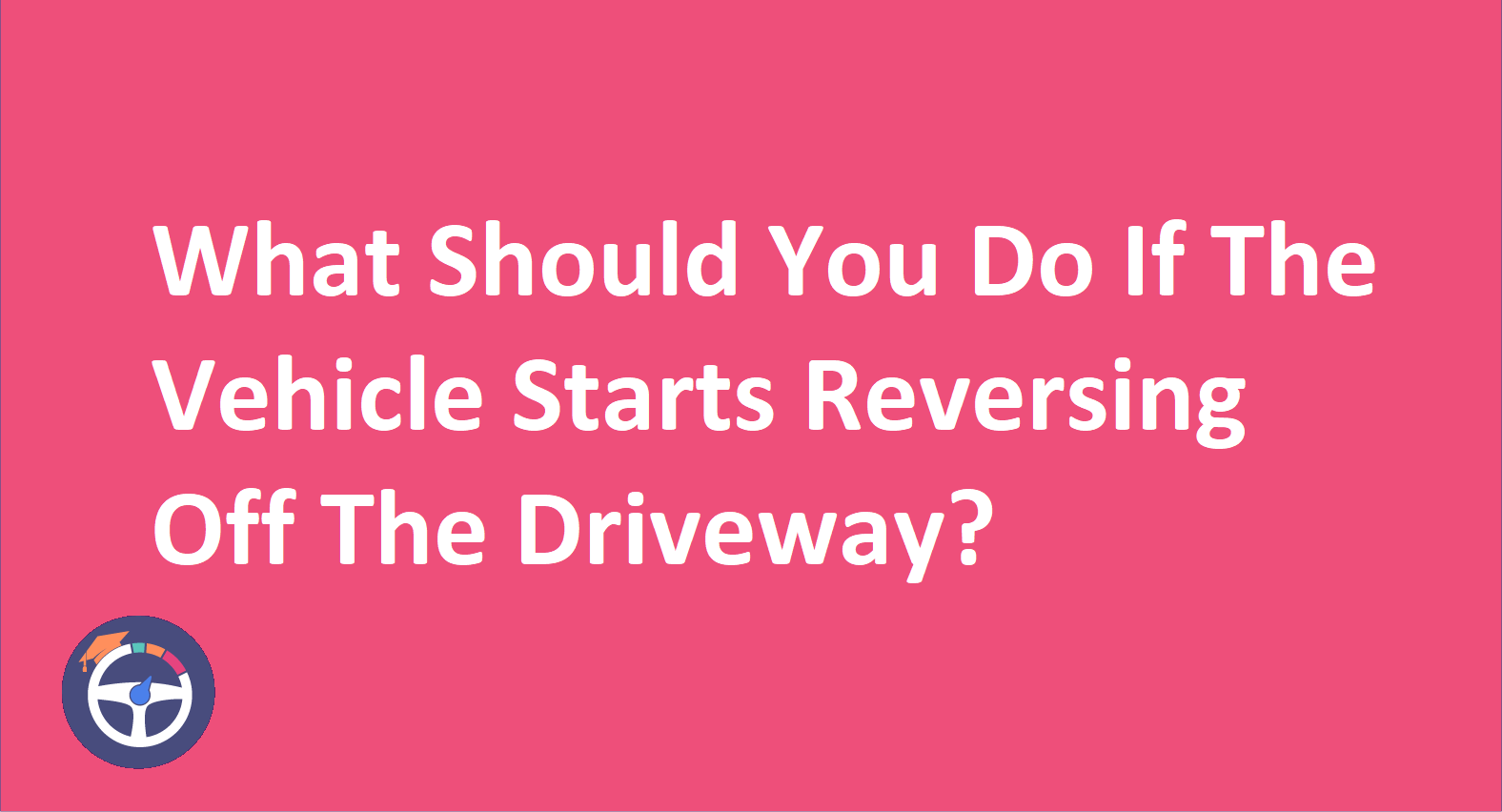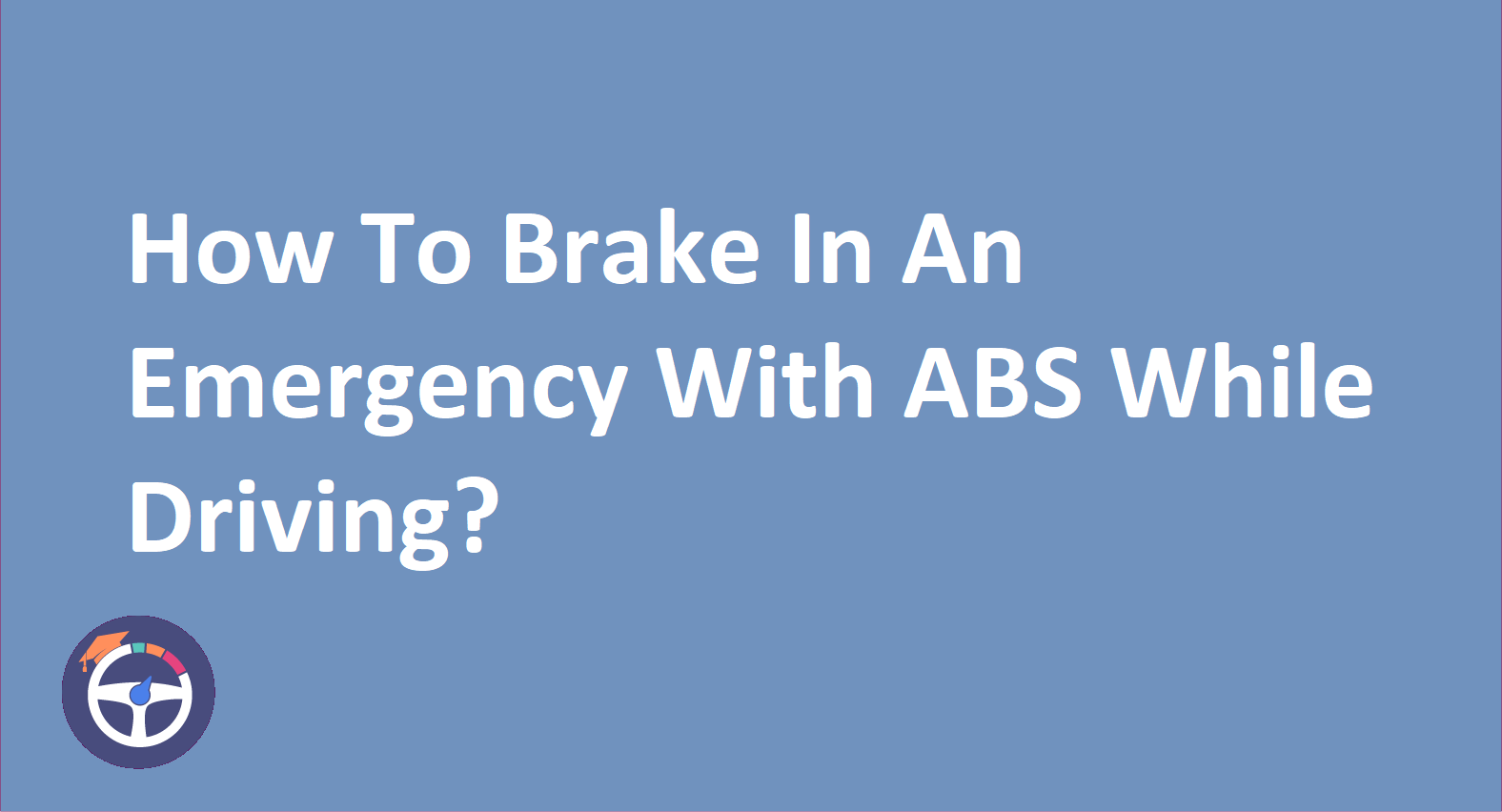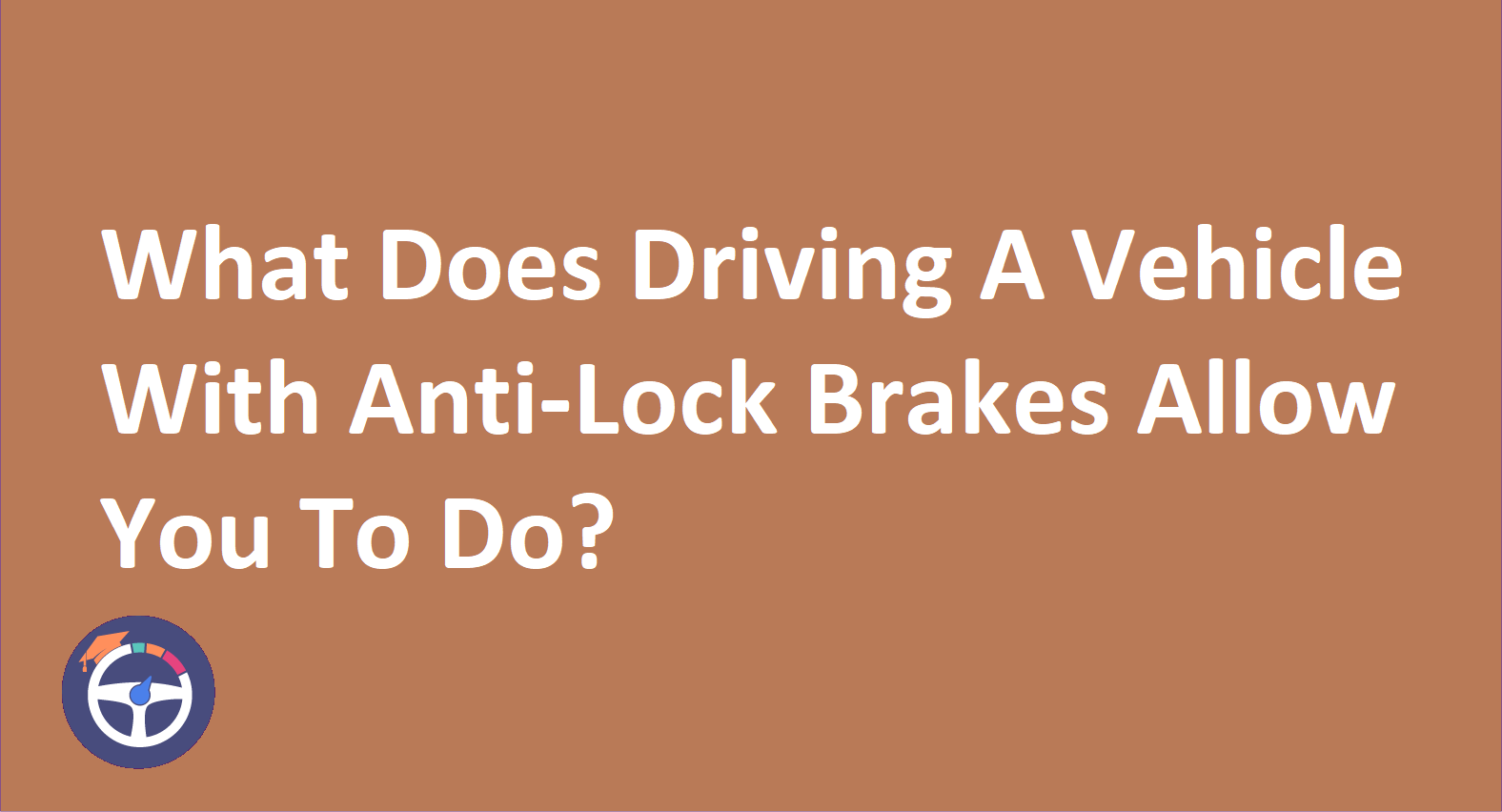What Should You Do If The Vehicle Starts Reversing Off The Driveway?
By Umme Hani on Sep 20, 2024Pulling out of the driveway can be frightening. What should you do if the vehicle starts reversing off the driveway? Follow these tips to stay composed, stop the car safely, and avoid more accidents.
1. Send Out a Loud Horn Blast to Alert Everyone: It’s important to follow your gut instinct. Make sure to honk your horn repeatedly and loudly right away. There are two uses for this loud signal:
- Notifies Others: Any nearby bicycles, pedestrians or other cars will be made aware of your car's unexpected movement. This offers them time to respond and avert a collision.
- Attracts Attention: A loud blast of horns alerts people to a problem. This may cause onlookers to swerve out of your car's path as you reverse.
2. Stop a Car Safely: Quickly take control of the situation once you realize the car is suddenly moving backward. This is how you should proceed. To ensure that you have control over the vehicle keep both hands firmly on the steering wheel. This enables you to direct it clear of any impediments or possible dangers. Anxiety or rash actions may make things worse. Focus on bringing the car to a smooth stop while inhaling deeply.
3. Examine the Circumstances: Even though stopping the car is your top priority right now. But pay attention to your surroundings. Here are some things to think about:
- Quickly but carefully scan your surroundings to find any obstructions, pedestrians or other potential threats to your vehicles path.
- Determine how much room you have to stop the car safely by evaluating the available space. This will assist you in choosing the best course of action to stay clear of any collisions or mishaps.
- Get ready to smoothly and swiftly apply the brakes. Avoid applying the brakes suddenly as this may cause the wheels to lock and skid causing you to lose control.
4. Engage The Parking Brake: In case it’s safe to do so, apply the parking brake after the car has stopped completely. An extra degree of security is offered by the parking brake. It is commonly referred to as the handbrake.
- Applying the parking brake guarantees that the car won’t roll backward while you handle the situation, providing you peace of mind.
- By stopping any unwanted movement the parking brake helps stabilize the vehicle particularly when it is inclining. To secure the car put it in drive or park.
5. Shift into Drive or Park: Once the vehicle has come to a complete stop and the parking brake has been applied, engage Drive or Park to lock the transmission into position.
- Drive: If the circumstances permit you to move the car forward safely out of the driveway then use Drive.
- Park: Press the parking brake if you need to get out of the car to look into why the unintentional movement occurred. By doing this you can be sure the car won’t roll away while you’re out.
Take Preventive Measures:
Follow these preventative measures to ensure that similar incidents don’t happen again after the car has been safely stopped and secured. Make sure your driveway is free of any objects or debris that might obstruct your car's path. This applies to bikes, toys, and even garbage cans.
1. Check the Vehicle: Arrange for a mechanic to examine the car and look for any indications of wear or malfunction in the parking brake system brakes or transmission.
Deal With Problems Right Away: Pay attention to any warning indications or possible issues with the braking or transmission system in your vehicle. To keep yourself and other drivers safe on the road take quick action to resolve any problems. These procedures will help you deal with an unexpected vehicle that starts reversing off the driveway by keeping your composure under duress.
Never forget that safety must come first. By taking preventative action you can make sure that similar mishaps don’t happen again. Drive confidently out of your driveway going forward.


